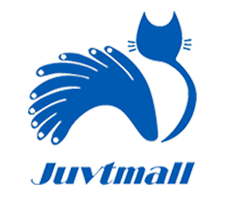- Description
Introduction
The Catduino Uno is a board based on the latest Arduino Uno R3, compared to the preceding board, Arduino Uno R3 has the features as below:
1. Additional pins added after AREF named SDA and SCL, suppose I2C port; add IOREF and a reserve pin for the compatibility of 5V and 3.3V core board.
2. Improvement in design of reset circuit.
3. ATmega328 placed ATmega168 in USB port.
The same as the Arduino Uno R3, Catduino Uno uses ATmega328 as the controller, contains a power module(when external voltage range from 7v to 12v, the module will convert it into 3V to 5v), USB connection, an ICSP header, a button used for reset and a 16MHz crystal oscillator, meanwhile, Catduino Uno has 20 I/O pins (actually, 20 I/O pins are all digital I/O pins), there are 14 digital input/output pins(among the 16 pins, there are 6pins used for PWM output) and 6 analog input pins(though named analog inputs, it can be also used for digital input/output), just connect it to computer with a USB cable or power it with a AC-to-DC adapter for the voltage between 7 to 12v, it can start to work or you can power it by the serial port.
Technical Data
Microcontroller ATmega328
Operating Voltage 5V
Input Voltage (recommend) 7 to 12V
Digital I/O Pins 14 (of which 6 provide PWM output)
Analog Input Pins 6 (also digital I/O pins)
DC Current per I/O Pin 40 mA
DC Current for 3.3V Pin 50mA
Flash Memory 32 KB (ATmega328) of which 0.5 KB used by bootloader
SRAM 2 KB (ATmega328)
EEPROM 1 KB (ATmega328)
Clock frequency 16 MHz
 USD
USD EUR
EUR GBP
GBP CAD
CAD AUD
AUD JPY
JPY
